Concrete is an extremely popular material nowadays that is widely used for many purposes in construction.
And even if you are not a professional constructor and you don’t have to mix ingredients in order to get an ideal concrete, you might be wondering what it consists of and how to make it.
Since concrete is so widely used, it might indeed be necessary for everyone to learn what it consists of and also – how to make and what ingredients to use for that purpose.
And this is when people often ask the same question: what is concrete sand?
Since this is one of the important components in concrete, we can’t just skip this question!
So today, we are going to introduce you to this mysterious ingredient! You will learn what concrete sand is, whether it is the same as ordinary sand that we can find at the beach, what types of concrete sand exist, and what this stuff is used for in construction in particular.
In addition, you will learn how to make concrete and what ingredients must be mixed to get that super durable material!
Concrete Sand. What Is It?
So first of all, what is concrete sand? Concrete sand is a specific type of sand used as an aggregate in concrete mixtures. Since the surface of concrete sand is coarse, it bonds easier with water, cement, and other aggregates to create strong and durable concrete products.
You might be aware that concrete only has a few ingredients, however, the recipe is much more complicated than most people first think!
You only need a few materials to create strong, durable concrete.
These ingredients are water, cement, and aggregates.
The aggregates — rocks, crushed stone, sand, and other granular materials — are what actually give the concrete the majority of its bulk and strength.
This is why having the right type of aggregates in a concrete mixture is crucial if construction workers don’t want the final product to break!
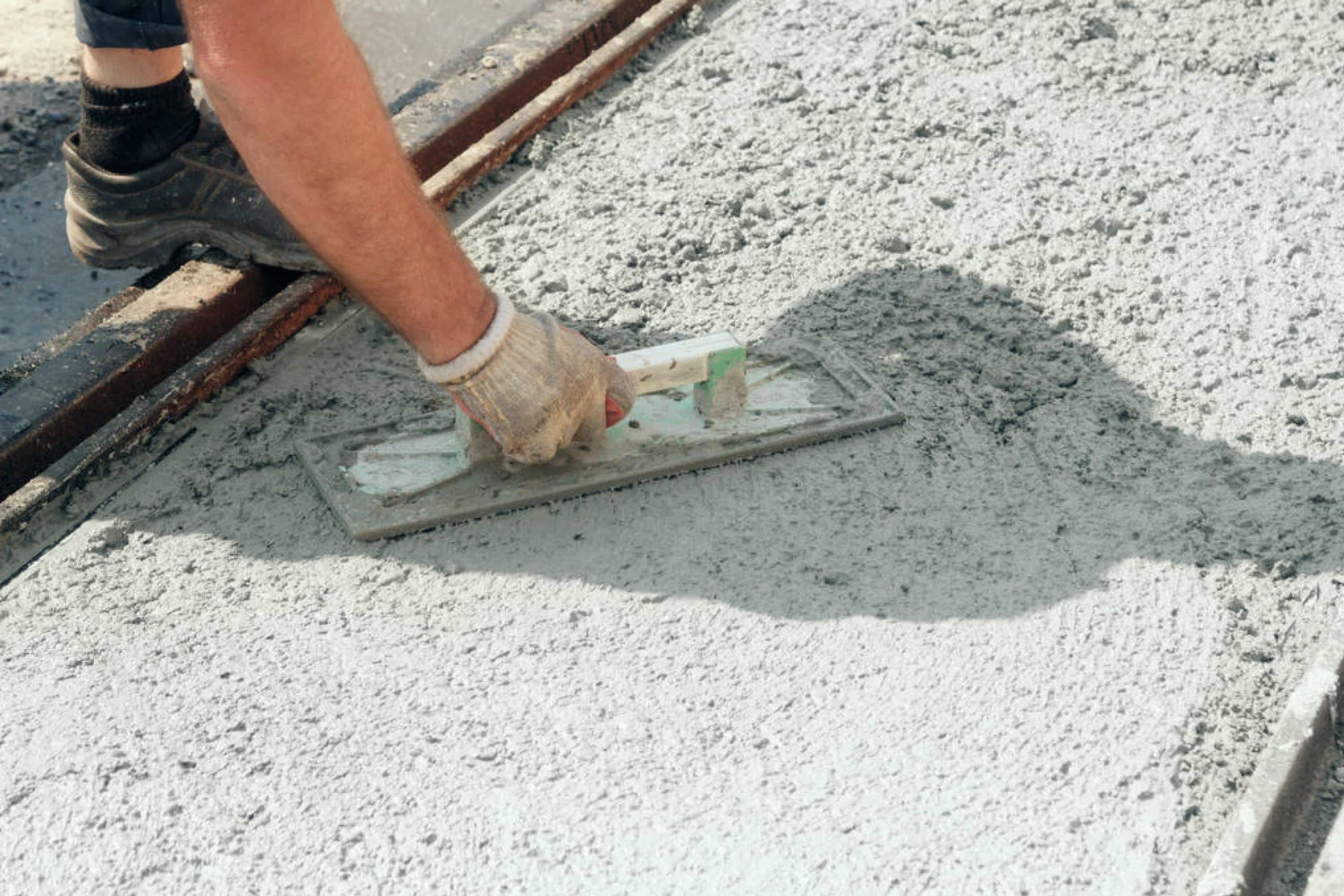
Will Any Type Of Sand Work For Making Concrete?
Sand is a crucial component in concrete aggregate mixtures, as you could already guess from our explanations above. However, if you think that any type of sand can be used, you are wrong!
Not just any type of sand will work for construction. See, the sand you can find on the beach, the sand in a children’s sandbox, and the sand in the Sahara, all have a dramatically different microscopic surface.
That is why using a specific type of sand which is called concrete sand is crucial for durable and long-lasting construction projects.
If we take different types of sand and look at them under the microscope, we will see that the surfaces of different types of sand are extremely different, even though they may look similar to the untrained eye.
Some types of sand have a smooth surface, and others have a coarse and jagged surface.
The rough exterior provides more surface area for other materials like water and cement to bind to.
This makes coarse sand such as concrete sand much better to use in construction where stronger material bonds are needed to create more durable and longer-lasting concrete.
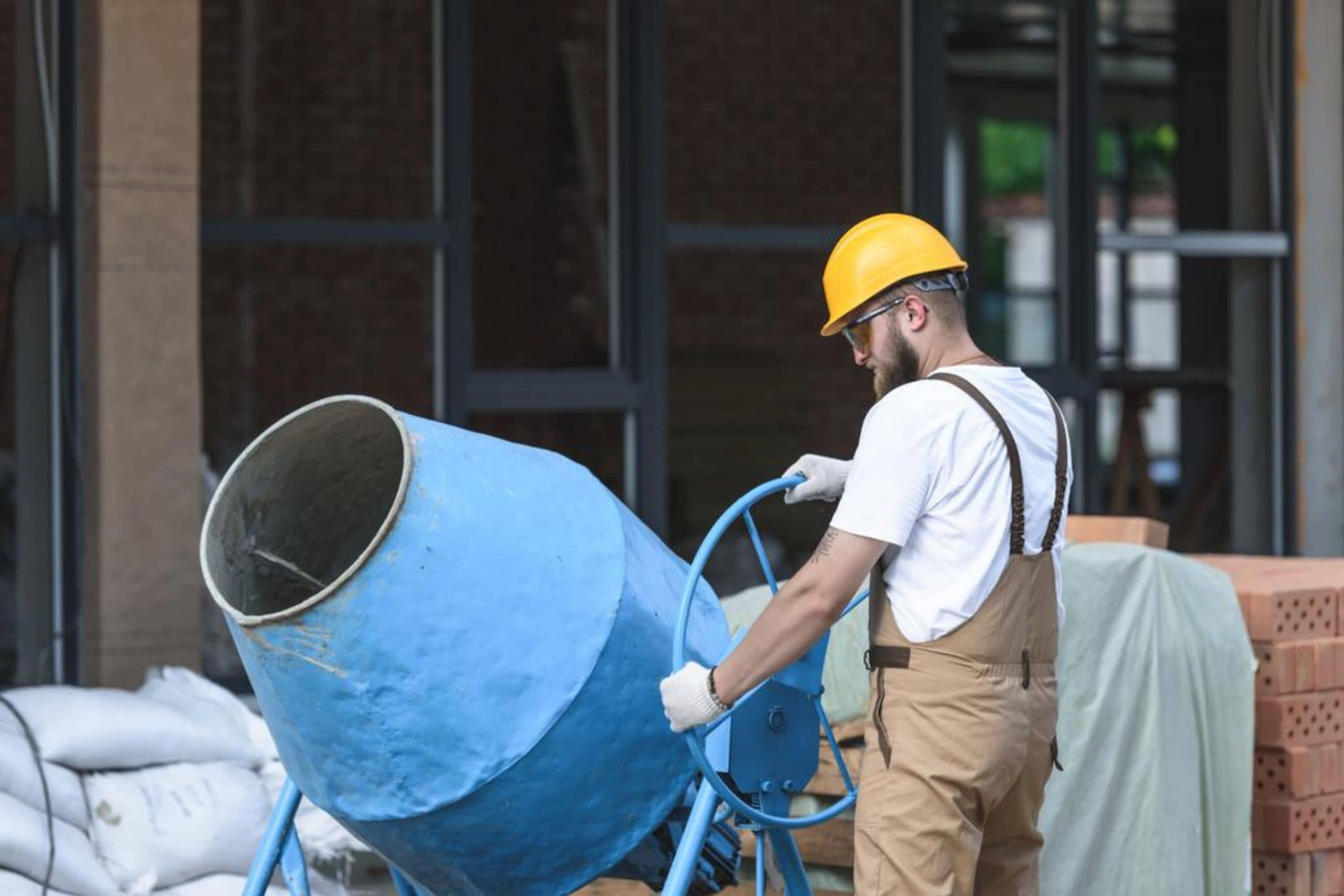
Related: How Long Does It Take Before You Can Walk On New Concrete?
What Is Concrete Sand Used For?
Now you might be wondering, why would anyone add sand to a mixture that will later turn into concrete.
What does sand do in it exactly?
Well, concrete sand has a multitude of uses, ranging from of course concrete itself, to bedding pipes.
And except for that, it can also be used as a base material between a vapor barrier and a concrete slab, for installing paving stones, traction sand for roads and sidewalks, and mixing with topsoil and mulch to create a top dressing material for planting lawns!
So, as you can see, concrete sand can be used in a variety of construction and even non-construction applications.
While it is most commonly used in asphalt and concrete paving stones (as we have already mentioned before), it is also a popular landscaping material!
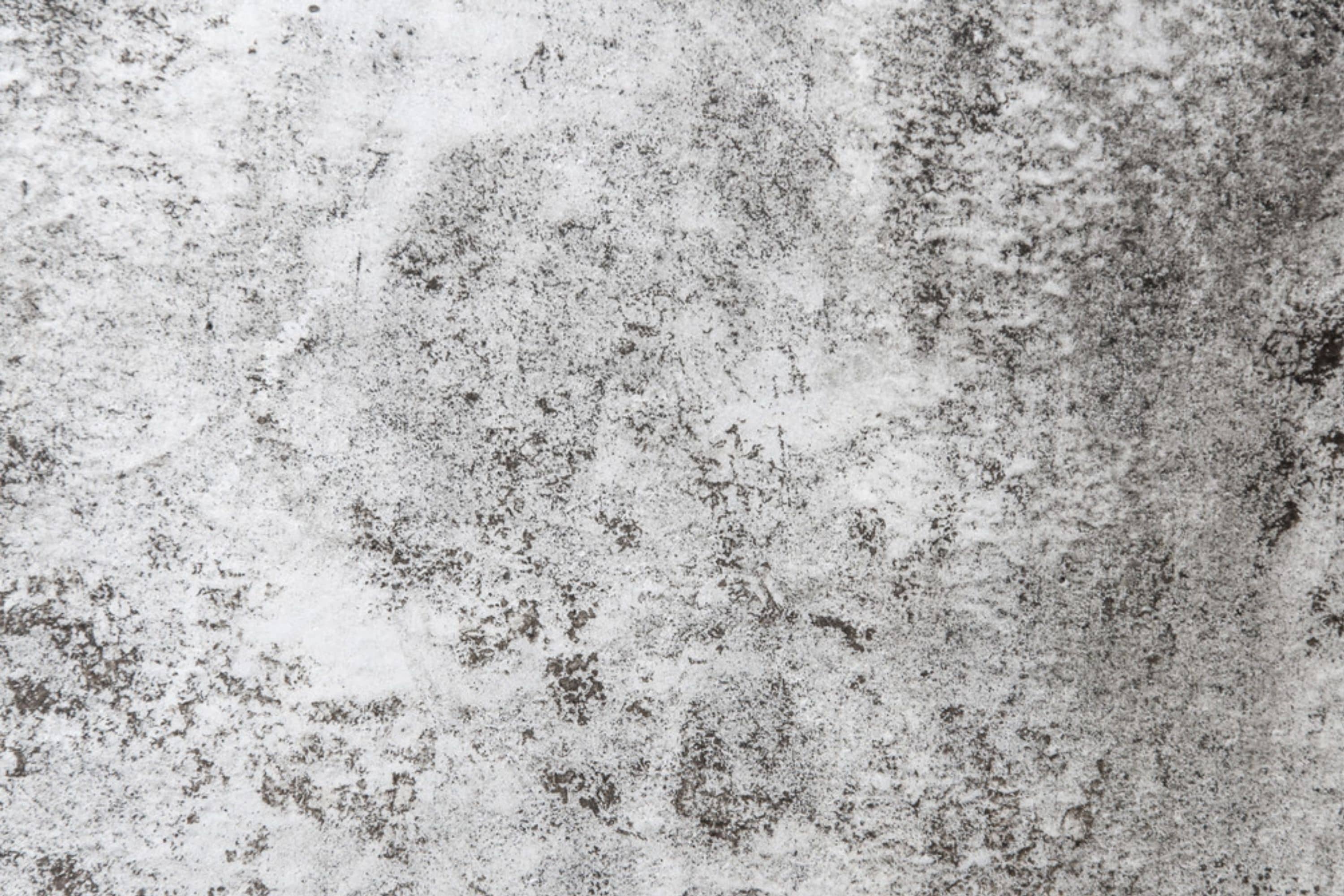
The size and texture of concrete sand make it an ideal material for holding objects like septic tanks, stones, and pipes in place while also allowing proper drainage.
It also is used to level out any uneven ground, provide additional traction on icy roads and surfaces, and is a popular topdressing on lawns, golf courses, horse arenas. It’s also a popular addition to potting soil mixtures since it drains excess water well.
Concrete sand and most mortar sands are washed sand products which means that the dirt in them has been washed away, so anything that you need clean, graded sand for, concrete sand is a legitimate option in such cases.
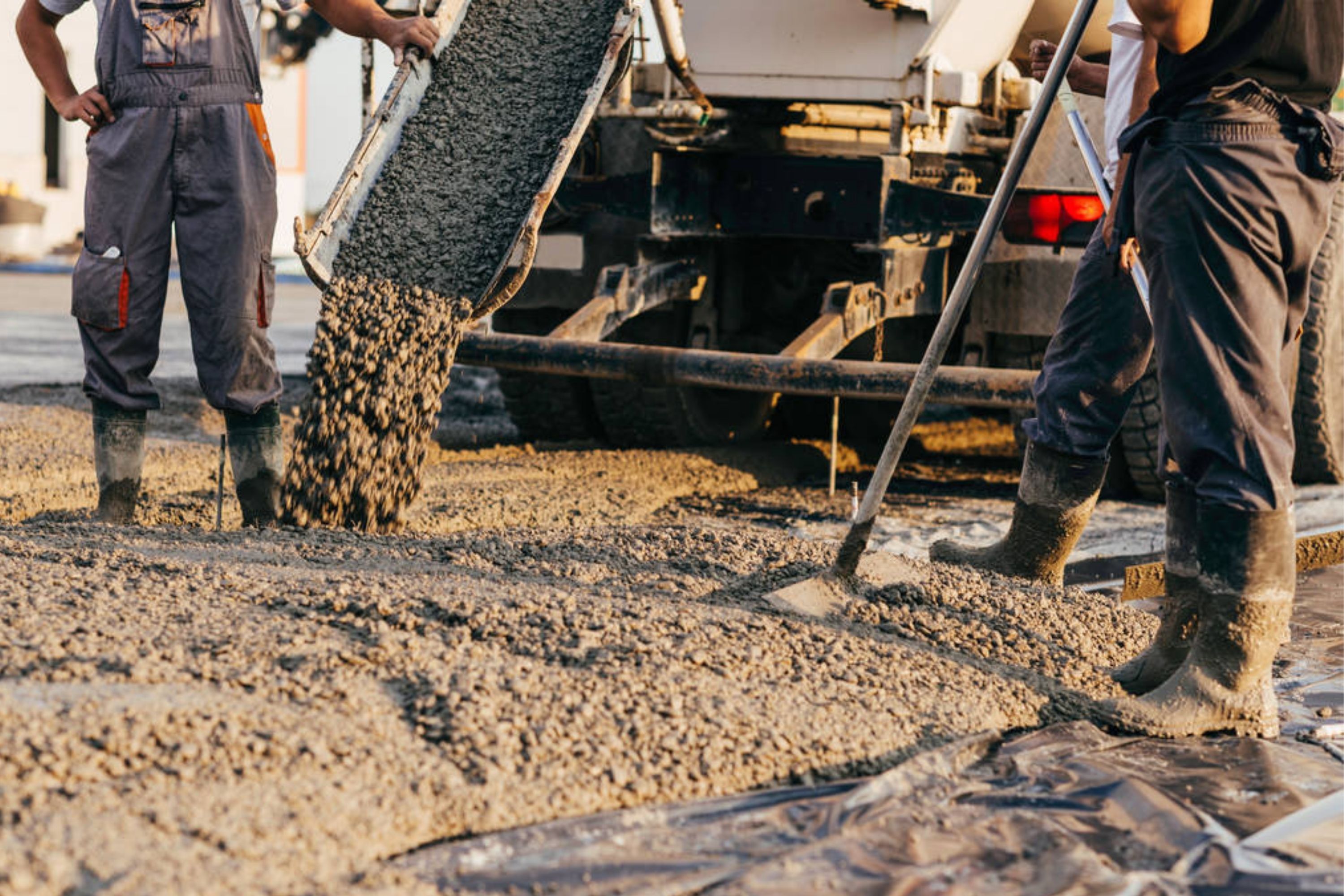
Related: How to Clean Concrete Basement Floor?
What Types Of Sand Are Used In Construction?
You might think that using sand for construction is simple. All you need to do is to buy enough for the specific project.
However, this is not how it works. See, even such a seemingly simple ingredient as sand must be of a good and proper quality and texture to be able to result in a high-quality and long-lasting durable concrete!
For example, one should not choose sand that has any impurities or rocks in it for the construction purposes, otherwise, the concrete made with this sand will not be stable and will start breaking pretty soon.
This is why, except for the concrete sand, there are a few more alternatives that are widely used in construction.
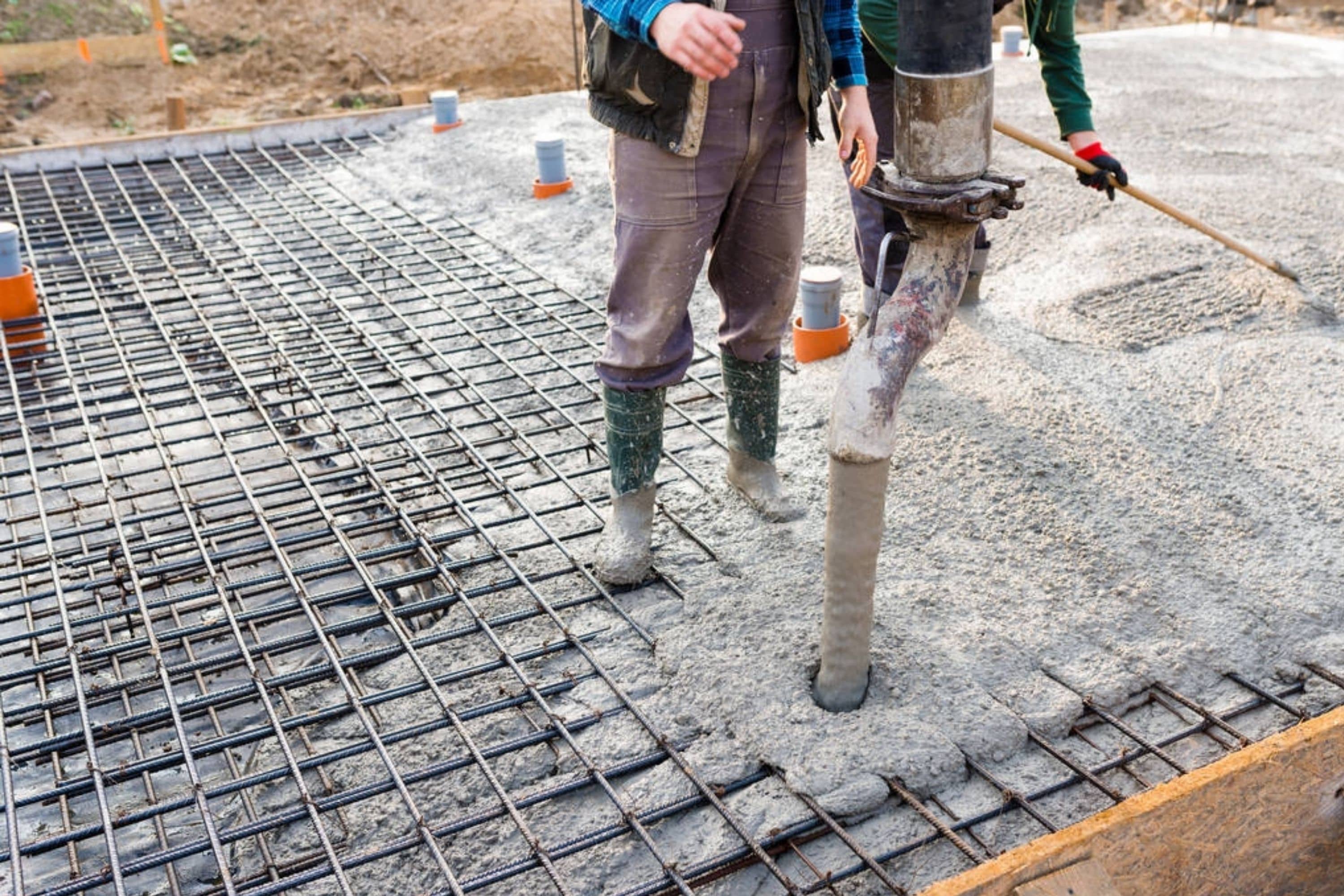
Pit Sand
This type of sand is best suitable for constructing buildings due to its extremely good binding property.
This sand can be found two or three meters under the ground, and it is coarse. Naturally, it is obtained from deep pits, this is where its name comes from.
This type of sand consists of rough, sharp, angular and coarse grains that guarantee excellent binding properties. The color of this sand is usually reddish to orange because of the iron-oxide it contains.
And since the grains of this sand are free from salts, they don’t react with the moisture that is present in the atmosphere. Due to this property, they provide a strong and rigid binding.
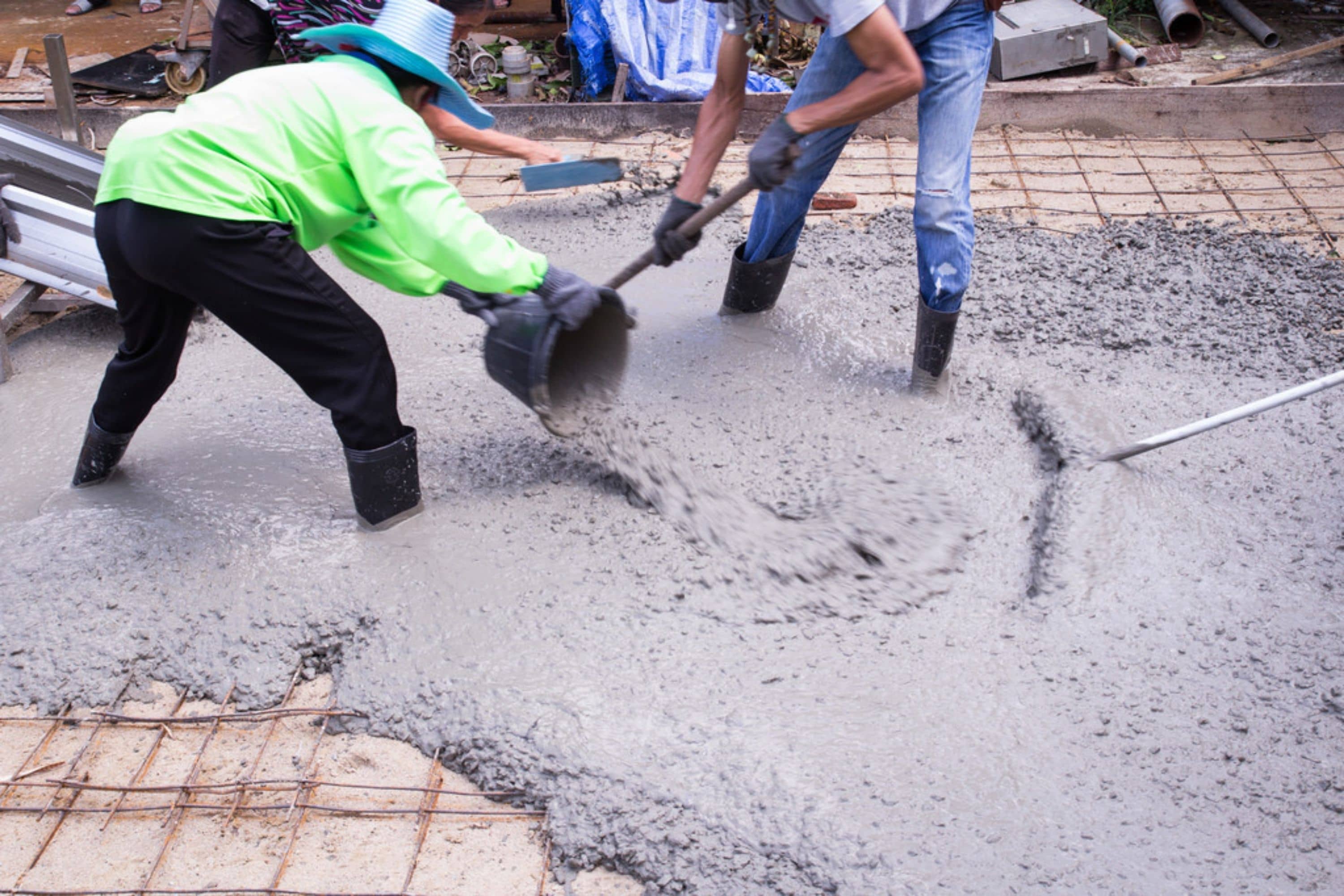
Natural Sand
Also known as river sand, this one is considered to be a fine quality type of construction sand.
It is usually found near the rivers and streams and its color is white-gray.
River sand is one of the fine-graded sands that is used in the building construction!
This type of sand is mostly used in masonry and concrete works, as well as in plastering and much other brick and block works. This sand has a smoother texture in comparison to the previous one, and the shape of its grains is also somewhat better.
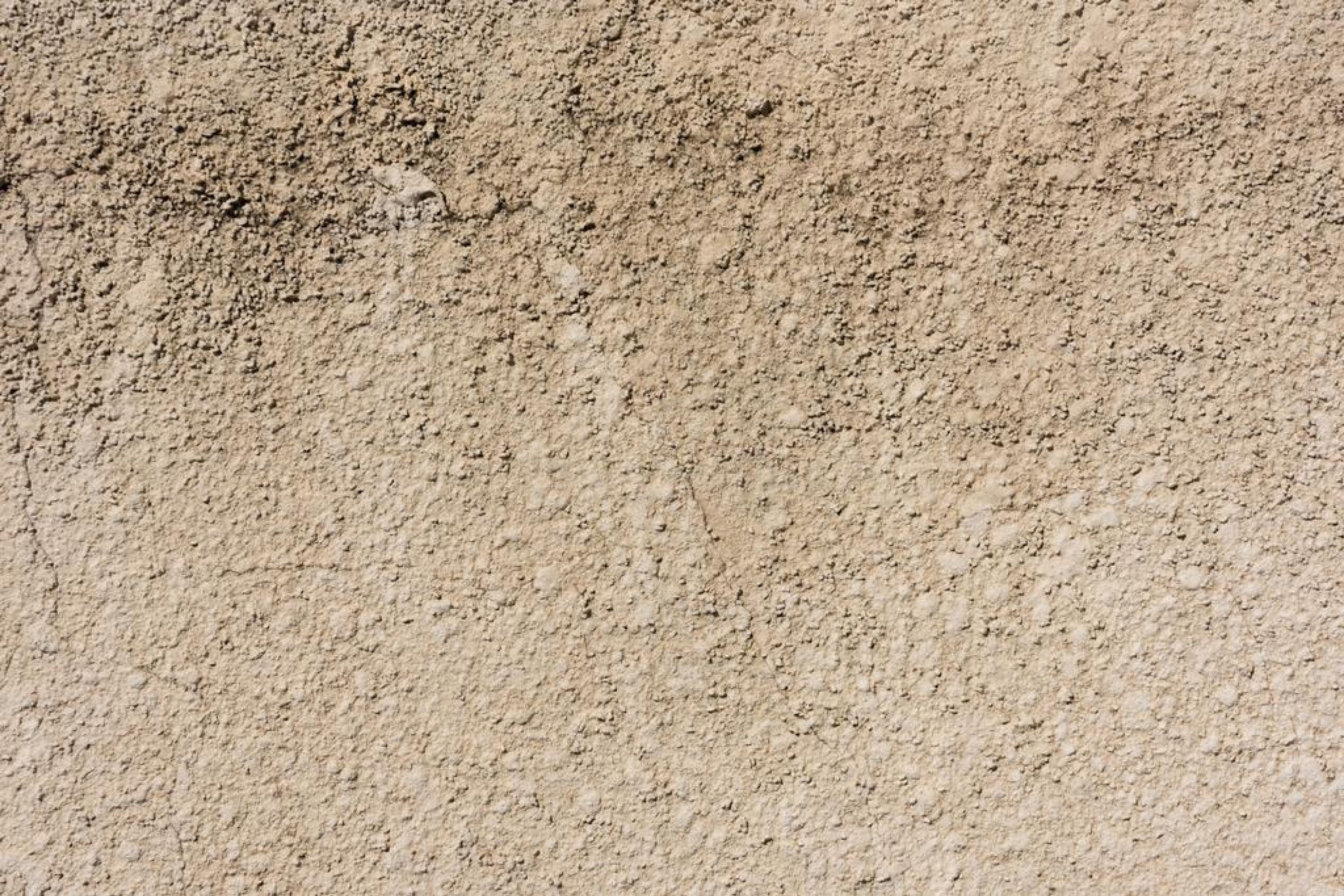
Utility Sand
This is another type of sand used in construction. This one is produced from industrial quartz of high quality and this sand provides an excellent compaction and good mechanical properties.
It can be used in corrosive environments, by the way, since it is non-reactive.
And moreover, utility sand contains 100% natural minerals that ensure excellent durability and stability to the building.
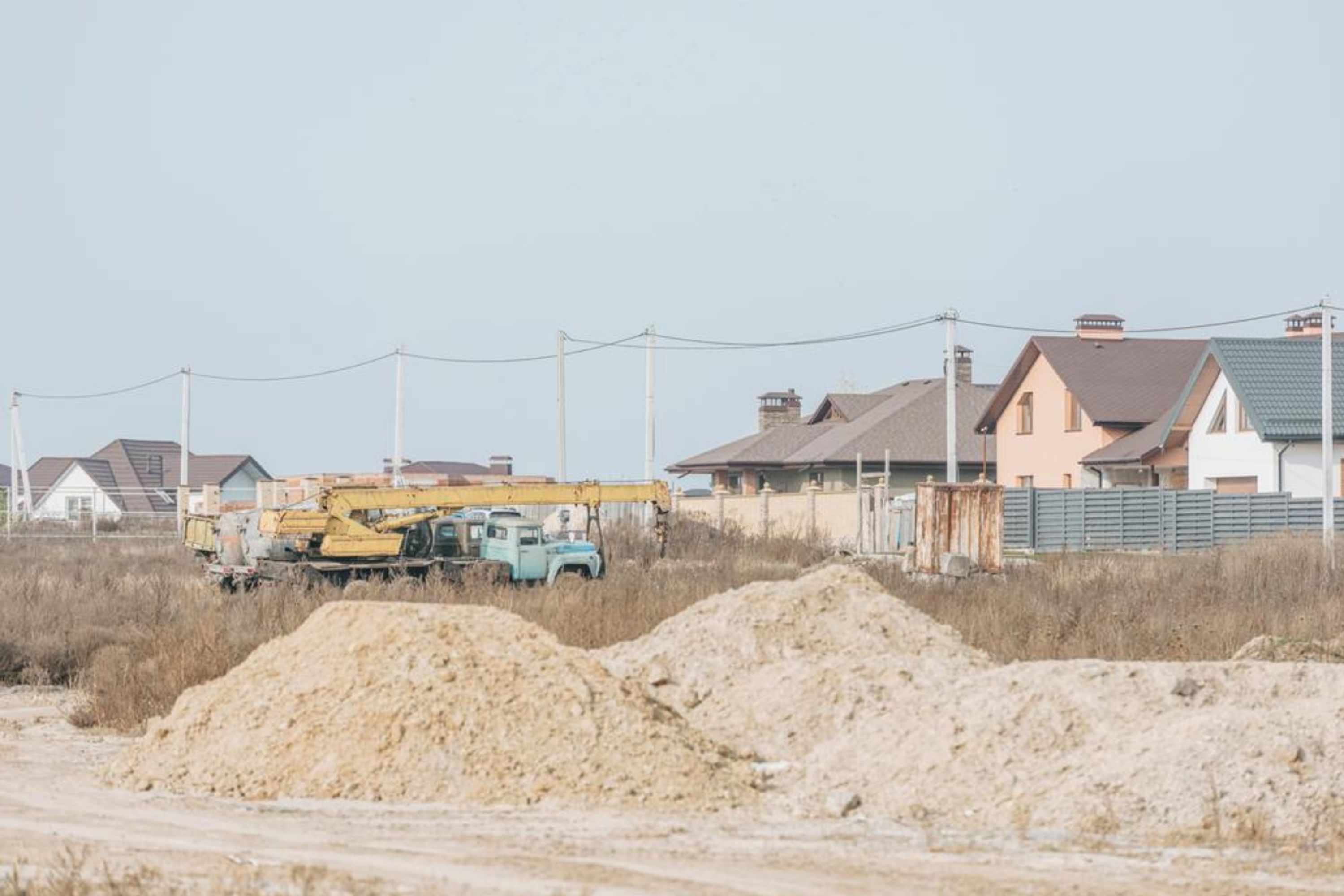
Fill Sand
As you could already guess from the name, this type of construction sand is mostly used for filling. It is a combination of many grains of sand and aggregates. In addition, this sand consists of very fine rock particles that have been broken down and undergone erosion.
This type of construction sand can be used primarily as a base material for laying concrete. However, it is also good for paving, as well as filling large holes.
Due to its properties, fill sand is a great material for different purposes during the construction of a building! It can even be used in wet areas to fix drainage problems which allows it to provide a lot of useful advantages.
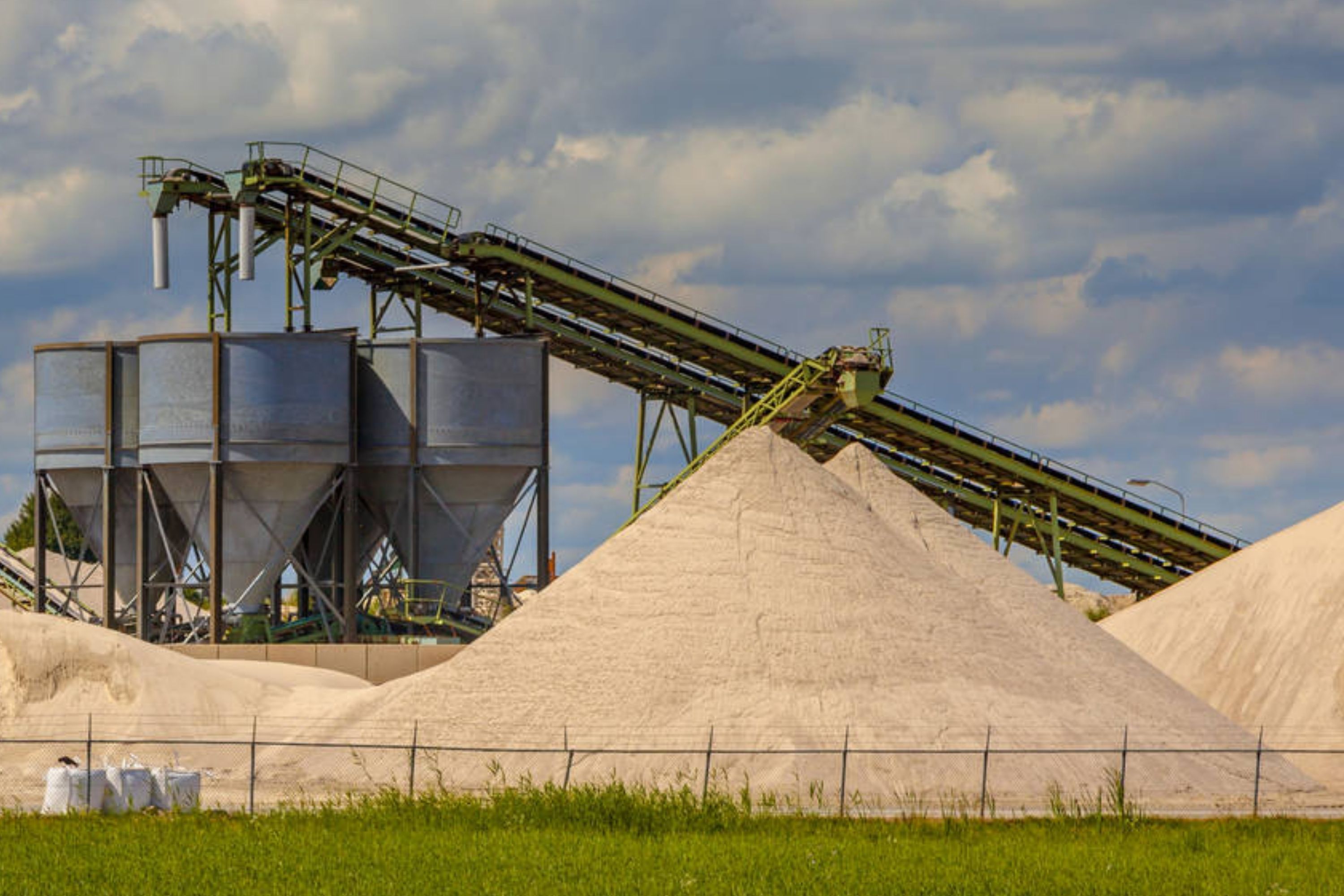
Manufactured Sand
This sand is produced in factories, and it is often used as a substitute for river sand for concrete construction, by the way.
It is made by crushing hard granite and hence it reduces transportation costs of bringing sand from river banks that can be located pretty far from the spot where the building is being built.
This sand allows to make stronger concrete due to the texture of its grains, but this nuance also increases water demand of this type of construction sand.
However, this demand can be easily compensated by adding cement content.
In addition, since this sand is manufactured by people, it is possible to control the size of its grains and also, this sand will be free from certain impurities that could be found in natural sands.

How to Make Concrete
Of course, not everyone needs this information simply because not all of us tend to do any repairs like fixing a sidewalk or a garden path!
However, just in case you might need this information one day, we would like to introduce you to the process of concrete making.
Don’t worry, it’s going to be short!
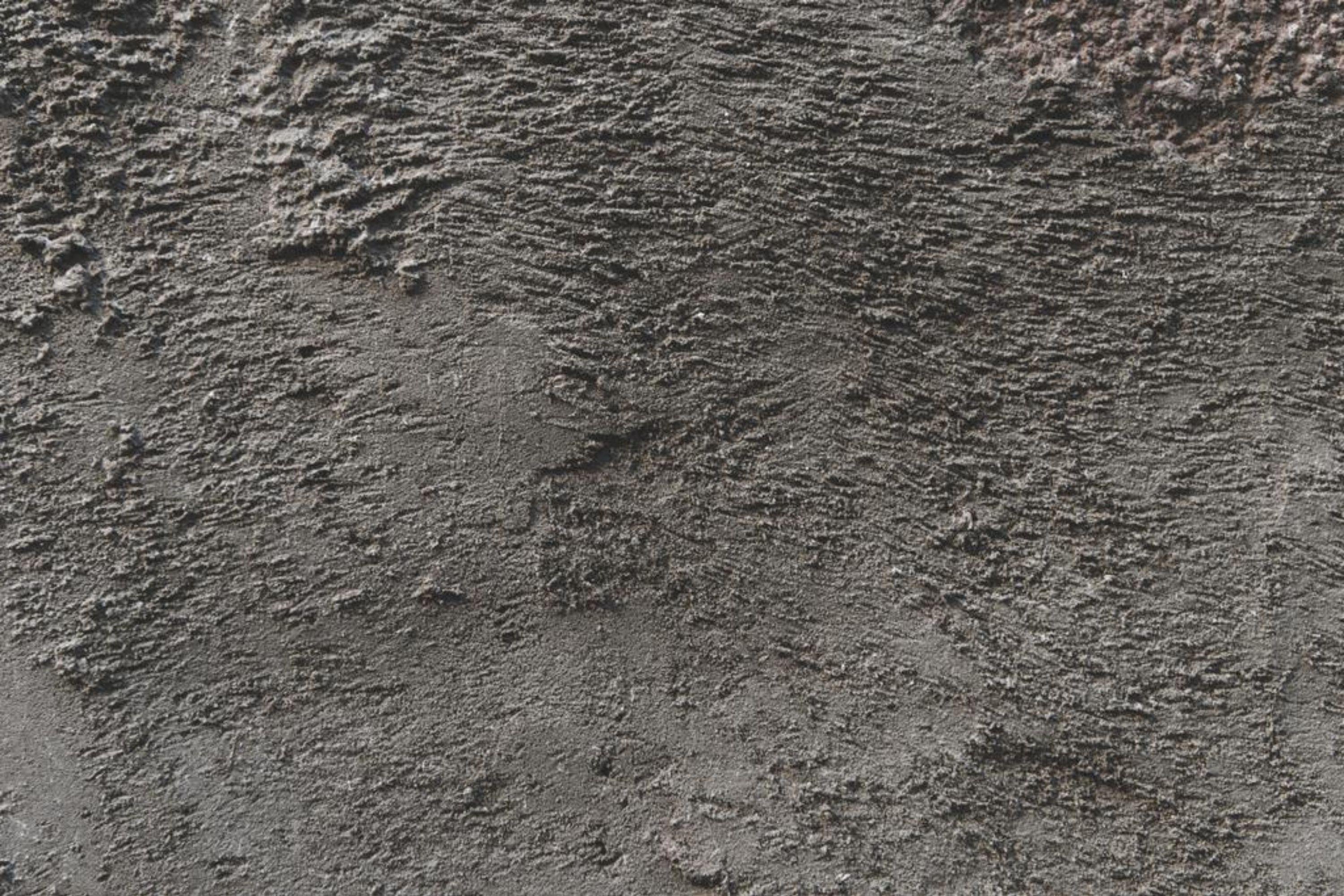
Measure the Ingredients
This is the first and the most important part! If you screw it up, your concrete will not last long.
Using the manufacturer’s recommendations, place the cement, sand, (aggregates if making concrete), and water into separate plastic buckets.
For a standard concrete mix, you will have to combine one part cement and two parts sand with four parts aggregates.
Then, Measure around half of the cement, sand and aggregates (for a concrete mix only) you’re going to mix.
Using half now will prevent the mix from drying out before you get a chance to use all of it – you can mix the other half later.
Tip the sand and the aggregates (if making a concrete mix) onto your mixing board or into your container.
If using a board, form a crater in the middle of the pile. Measure out half the cement you’re using and pour this into the middle of the crater, which should create a cone-like shape.
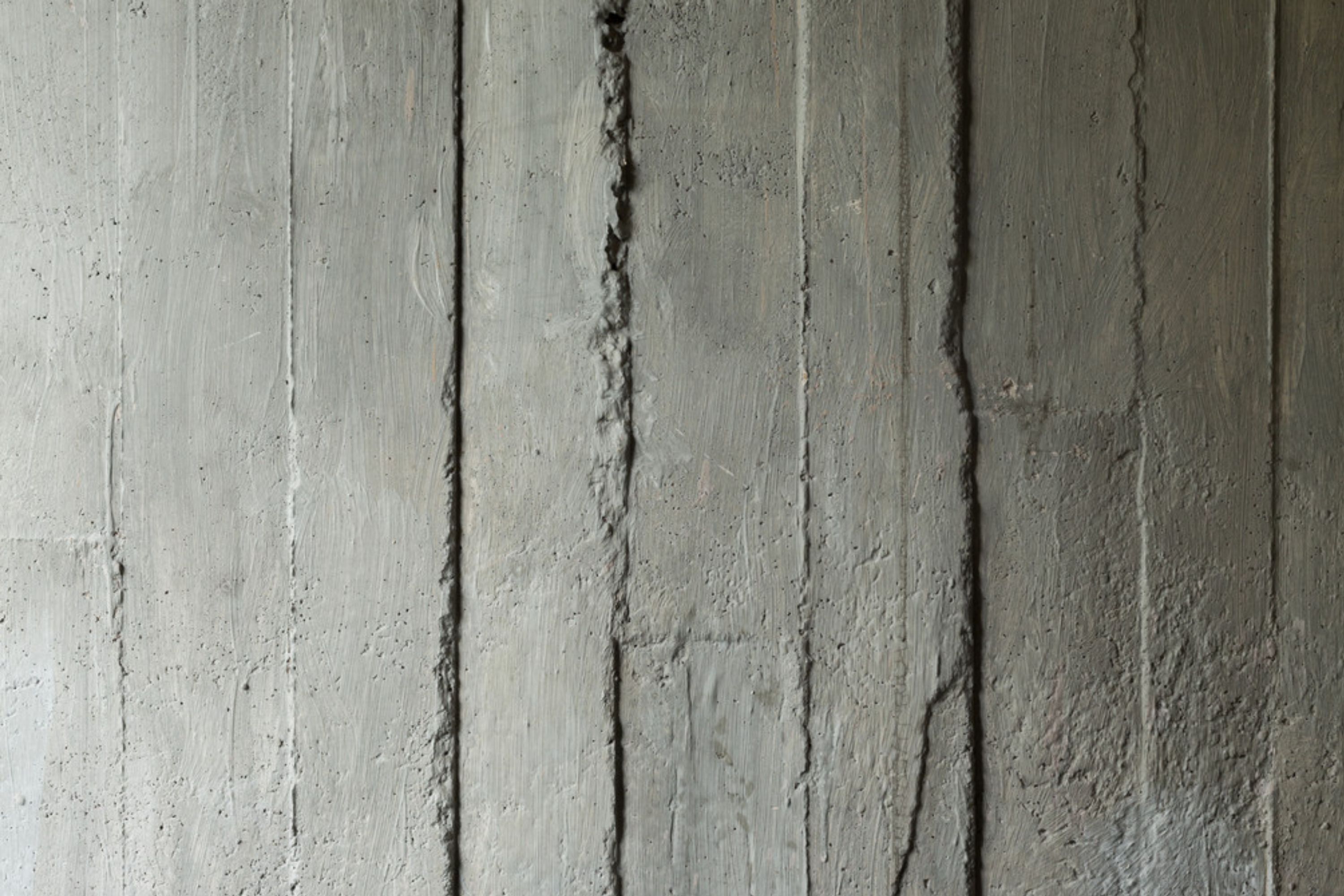
Mix It All
Using your shovel, mix your ingredients together, working the shovel around the pile of cement, sand and aggregates.
There is actually no specific method here, simply turn the pile over around three to four times to evenly mix everything and get a consistent color throughout your pile.
Bring your pile together again in a cone-like shape and create another crater in the middle.
To fill in this crater, you will need to use your water.
Again, there is no precise amount you should add. Just pour in enough water to fill the crater slightly – enough to form a smooth paste once you start mixing it.
Move the sides of your crater into the mixture and turn it over to evenly distribute the water throughout your mixture.
As the water starts to absorb into your ingredients, you need to repeat this process, whether it’s on a wooden mixing board or in a container. Keep on turning your mix until the mixture is wet.
Check the Mixture
When the mix becomes wet enough, use the edges of the shovel to make imprints in the top of your mixture to test its consistency, creating ridges as you go. A mixture that is just right should be smooth and consistent, not dry or crumbly.
If your mixture looks too runny and watery, or the ridges collapse very quickly, there’s too much water in there.
Try adding more dry ingredients to solidify your mix.
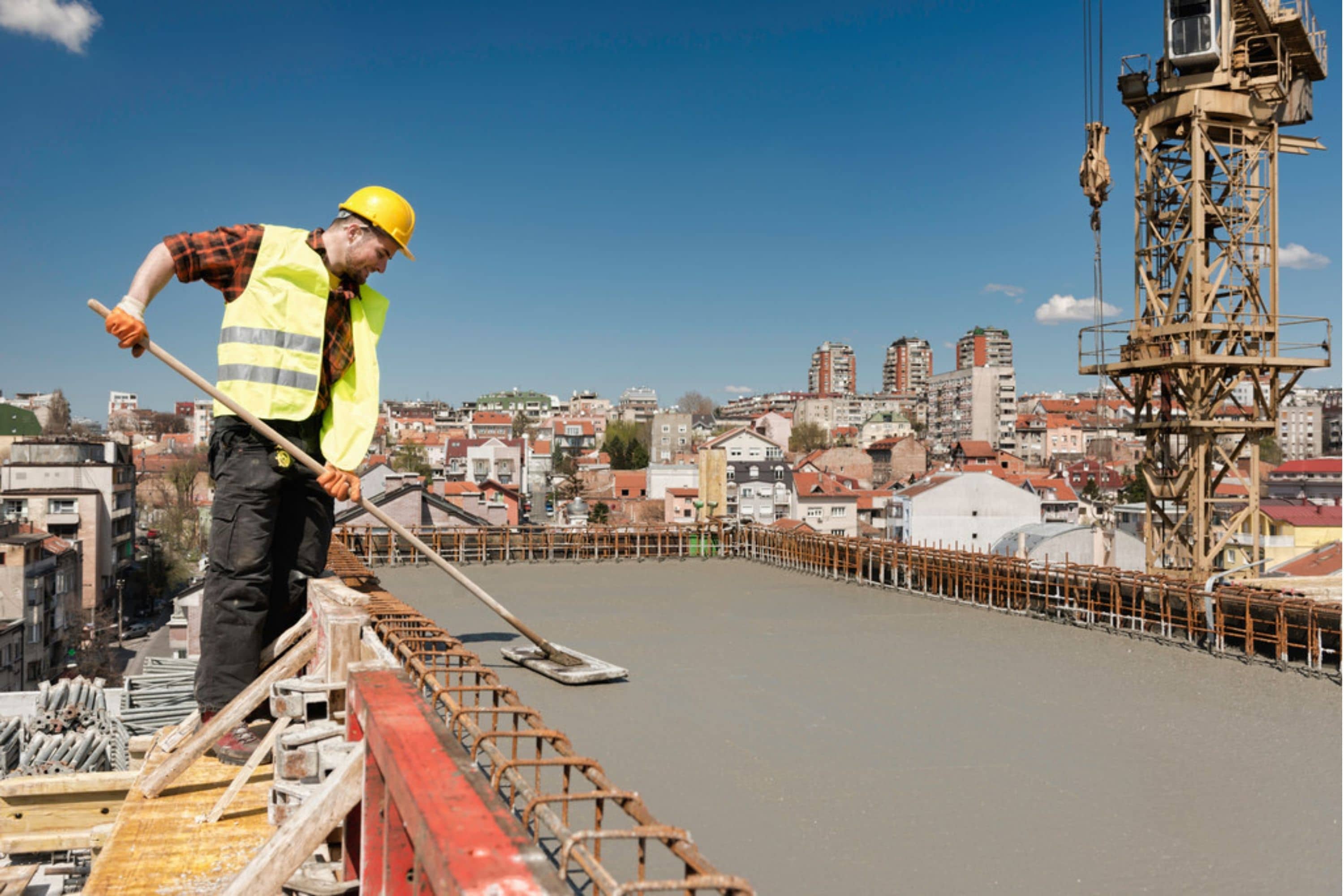
And once your concrete mixture has an ideal color and texture, you can get to work!
Only remember to clean everything (tools, hands, mixing board) after you are done! For the best effect, use a power washer or a hosepipe, and clean everything as soon as possible to not let the concrete dry. Otherwise, the tools will be ruined.
So, now that you know what concrete sand is, where it is used, and how concrete is made, you can cope with any questions that may arise regarding this subject.
[wp-faq-schema title=”Frequently Asked Questions”]

I need to buy some concrete sand, but in our local store I could only find mason sand. Does anyone know what that is? Is concrete sand and mason sand the same?
Well, they are produced similarly, but mason sand is finer and more pulverized. But as far as I know, mason sand is also used in cement. It will just give a more finished appearance to the concrete, I suppose.
Which is the best sand for construction? I know there are several different types, but which one to choose? Thanks for any suggestions!